2. Policy Process
1) Infant policy process
2) Case of Bu-An
3) Case of Gyeong-Ju
3. Analysis of Institutional Model
4. Conclusion
As technology was developed, electricity has become an essential energy to the public at large. That it, the consumption of electricity have been increasing. So, power generation equipment need to be expanded. There are several types of power generation system by generating facilities. Although the nuclear power plant's initial construction cost is expensive than other types of power plants, a fuel used during the operation of the more than 40 years is much cheaper than natural gas or oil. So, South Korea have rely on nuclear power because south Korea has no oil resources.
For this reason, since the start of the operation for the first nuclear power plant in Gori in 1978,
The nuclear power plants currently supply about 40% of the electricity penetration rate of total domestic. As electricity penetration rate by nuclear power plant is increasing, amount of radioactive waste generated in the operation process of nuclear power plants is rapidly increased. Now, amount of radioactive waste is too big to be ignored. Temporarily, medium-and low-level radioactive waste which coming out in the course of nuclear power was stored on the site of the nuclear power plants, amount of it is roughly 60 thousand drums in 2004.But, these plants are expected saturated in stages from 2008. Therefore, it is necessary to build the nuclear waste disposal facility.
For this reason, government has decided to promote the site selection policy of nuclear waste disposal facility in 1986. But, this policy was fail because local residents opposed location of nuclear waste disposal facility which has anxiety of threats, environment pollution and depreciation of property. Recently, nuclear waste disposal facility was barely located in Gyeong-Ju.
So, we will study Bu-an case which represents the largest conflict in the failures of location selection and Gyeong-Ju case which is successful case of location selection including policy process, several institutional elements, physical elements, actors. So, we find the reason that Bu-an was failed and Gyeong-Ju was succeed.

- 오늘 본 자료가 없습니다.
- 로저스의 인본주의이론이 발생한 배경과 개념에 관해서 설명하시고 로저스의 이론이 사회복지실천에 미친 영향에 관하여 서술하시오
- 영유아기 놀이의 중요성 및 놀이지도를 위한 교사의 역할에 대해 영아기 유아기 각각으로 설명하고 영아기와 유아기의 바깥놀이 활동에 대해서 제시하시오
- 발달에 문제를 보이는 영유아를 선별하기 위해 실시하는 영유아 발달선별검사의 필요성과 검사방법을 제시하시오
- 가족복지에 대한 개념과 정의 필요성을 정리하여 작성하고 자신이 생각하는 가족복지는 무엇인지 서술하시오
- 전략적 가족상담 이론의 주요기법 중 증상처방 기법과 고된 체험 기법을 설명하고실제 가족상담 시 이를 어떻게 사용할 수 있을지 서술하시오
해당 정보 및 게시물의 저작권과 기타 법적 책임은 자료 등록자에게 있습니다. 위 정보 및 게시물 내용의 불법적 이용,무단 전재·배포는 금지되어 있습니다. 저작권침해, 명예훼손 등 분쟁요소 발견 시 고객센터에 신고해 주시기 바랍니다.




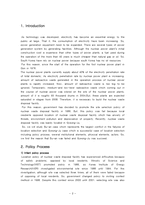
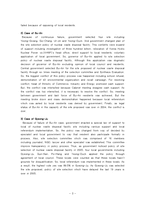
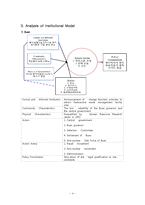
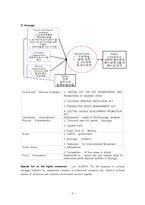
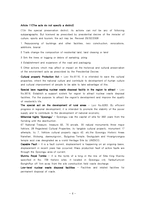
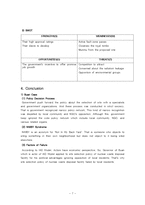
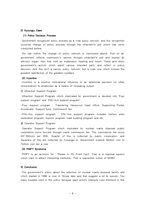

 분야
분야

